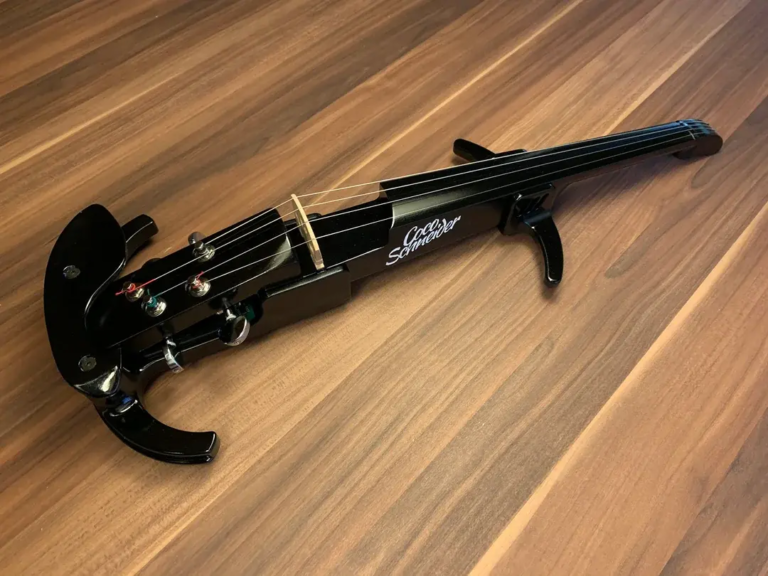Carbon CNC machining is a rapidly growing field involving the use of computer numerical control (CNC) machines to accurately cut and shape carbon-based materials. This process is widely used in a variety of industries, including aerospace, automotive and medical care, requiring high-strength, lightweight components. In this guide, we will dig into the world of carbon CNC processing and explore its benefits, applications and best practices.
Introduction to Carbon CNC Processing
Carbon CNC processing involves the use of CNC machines to accurately cut and mold carbon-based materials such as carbon fiber reinforced polymers (CFRP) and carbon fiber reinforced thermoplastics (CFRTP). These materials are highly valued for their special strength to weight ratio, corrosion resistance and durability. The CNC machining process allows the creation of complex geometric shapes and precise shapes, making it an ideal way to produce high-performance components.
Benefits of Carbon CNC Processing
Carbon CNC processing has many benefits. Some of the most important advantages include:
- High precision: CNC machines can achieve high precision and accuracy, allowing for the creation of complex geometric shapes and precise shapes.
- Improve efficiency:CNC machining is an efficient process that reduces production time and increases productivity.
- Improve quality: CNC machining ensures consistent quality and minimizes the risk of human error.
- Cost-effective: CNC processing can reduce production costs by minimizing material waste and reducing labor costs.
Application of carbon CNC processing
Carbon CNC machining has a wide range of applications in various industries, including:
- aerospace: Carbon CNC machining is used to produce lightweight, high-strength components of aircraft and spacecraft.
- car: Carbon CNC machining is used to produce lightweight, high-strength components for vehicles such as vehicles, body panels and engine components.
- Medical: Carbon CNC processing is used to produce medical implants, surgical instruments and other medical equipment.
Best practices for carbon CNC processing
To achieve the best results in carbon CNC processing, best practices must be followed, including:
- Material selection: It is crucial to choose the right carbon-based material for your application.
- Tool selection: Choosing the correct cutting tools and parameters is crucial for the best machining results.
- Machine maintenance: Regular machine maintenance is essential to ensure optimal performance and minimize downtime.
in conclusion
In short, carbon CNC machining is a rapidly growing field that provides many benefits including high precision, improved efficiency and improved quality. Carbon CNC machining is an ideal method for producing high-performance components thanks to its wide application in various industries. By following best practices and selecting the right materials and tools, manufacturers can achieve the best results and stay ahead of the pack.
FAQs (FAQs)
- What is carbon CNC processing?
Carbon CNC machining is a process that involves the use of computer numerical control (CNC) machines to accurately cut and form carbon-based materials.
- What are the benefits of carbon CNC processing?
The benefits of carbon CNC processing include high precision, improved efficiency, improved quality and cost-effectiveness.
- What is the application of carbon CNC processing?
Carbon CNC machining is widely used in various industries including aerospace, automotive and medical care.
- What is the best material for carbon CNC processing?
The best materials for carbon CNC processing depend on the specific application and requirements. Commonly used materials include carbon fiber reinforced polymers (CFRP) and carbon fiber reinforced thermoplastics (CFRTP).
- What is the importance of machine maintenance in carbon CNC processing?
Regular machine maintenance is critical to ensuring optimal performance, minimizing downtime and achieving optimal machining results.



















